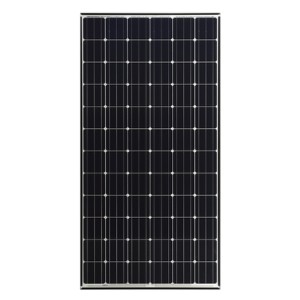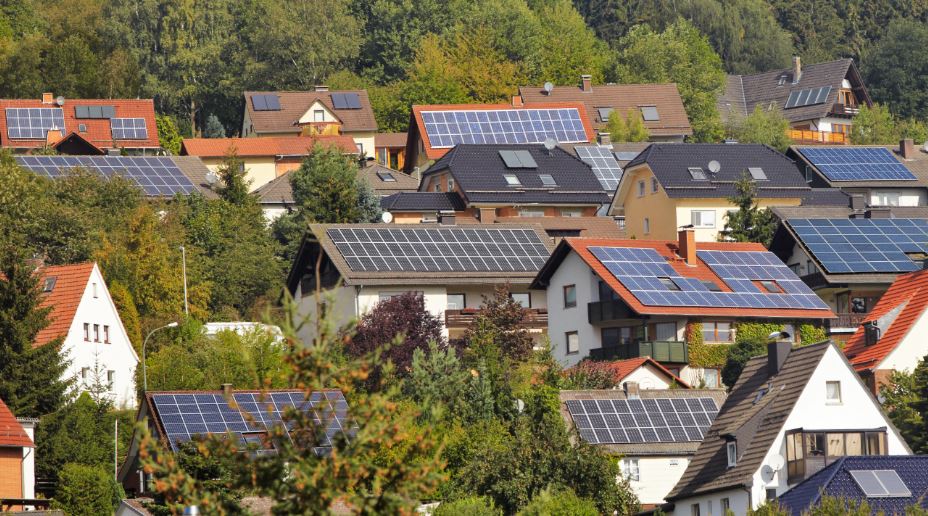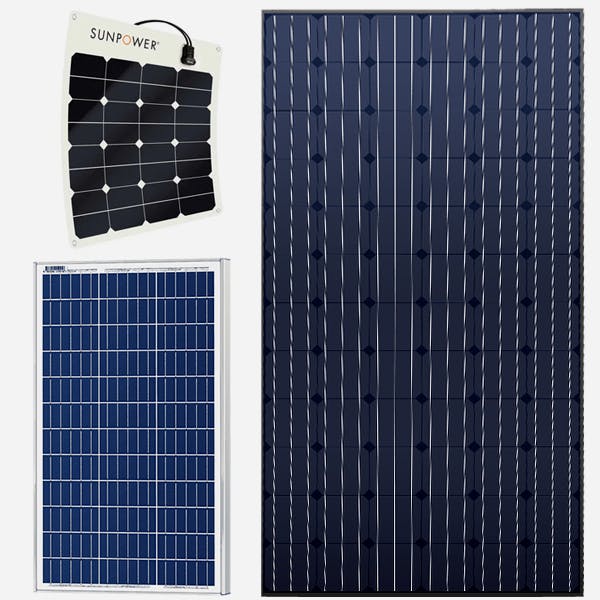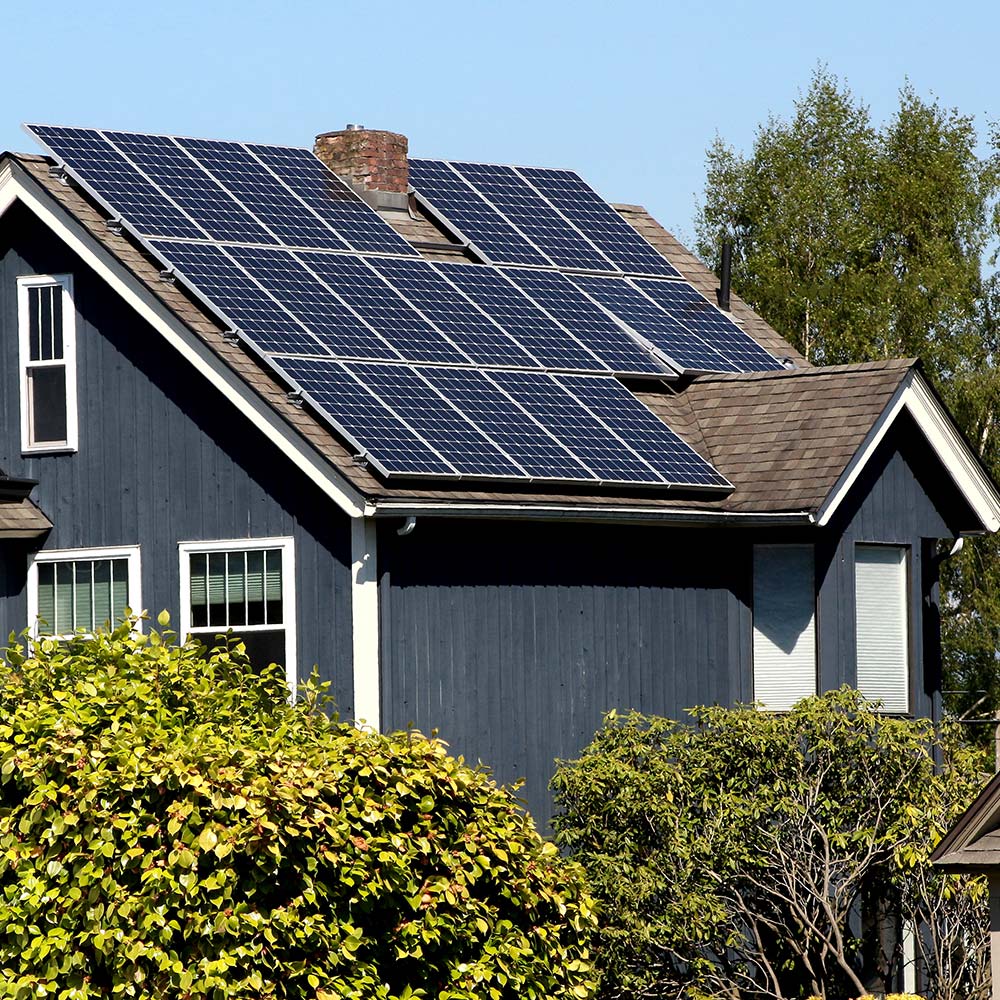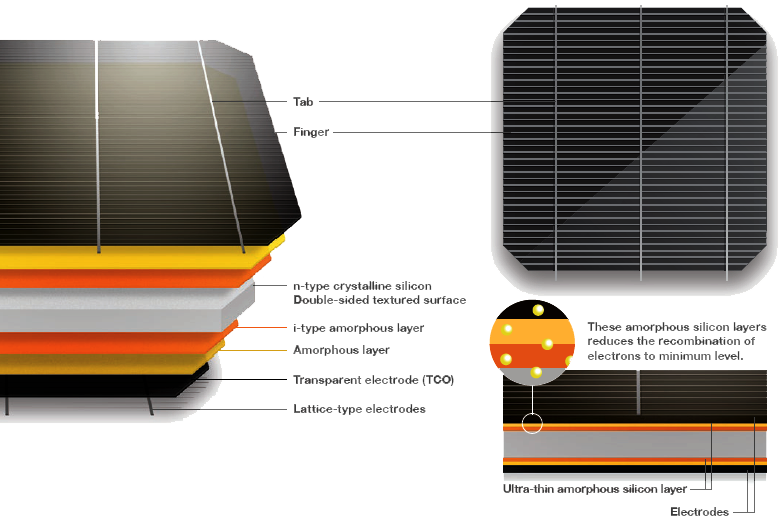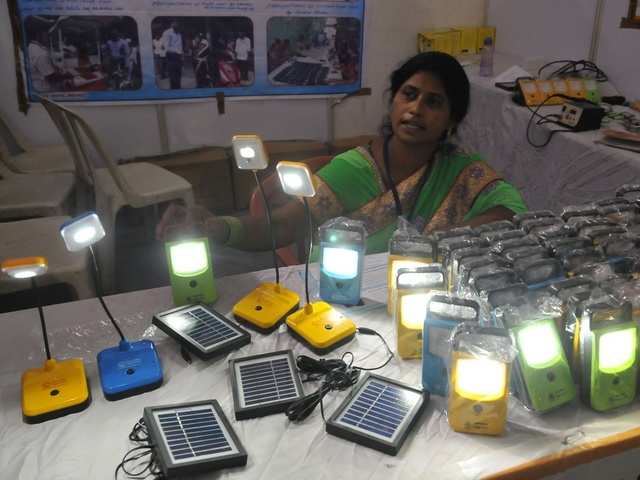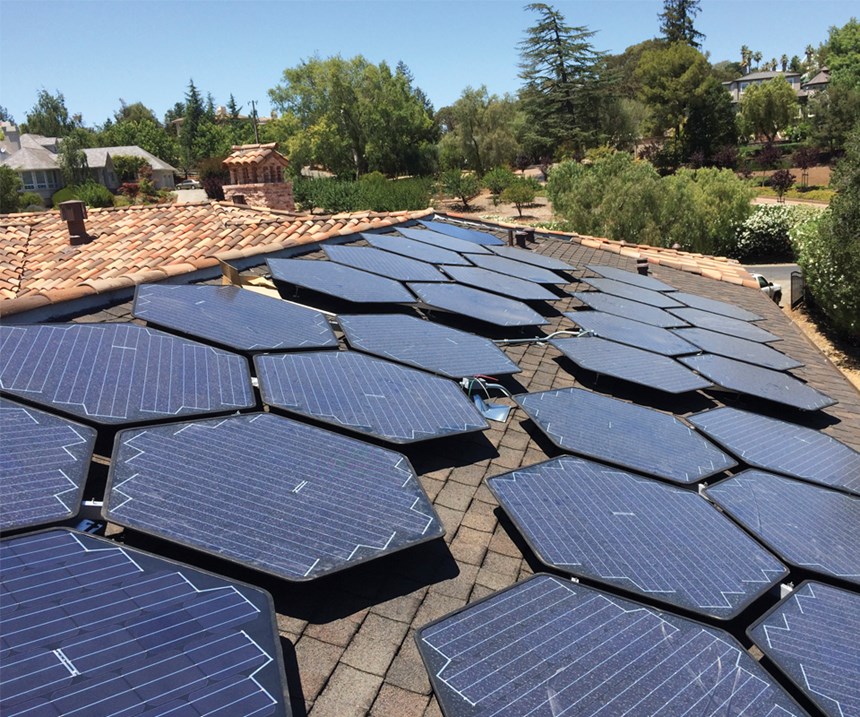If i didn t have the budget for amorphous panels i would try to find semi flexible diy monocrystalline solar panel kit until i had the budget for amorphous.
Difference between amorphous and crystalline solar panels.
Amorphous offers the benefit of operating in lower light conditions and hence is suitable for many applications that are used in lighting since it will be able to put some charge into a battery at a lower light level than crystalline solar panels.
The key difference between amorphous and crystalline solid is that the crystalline solids have an ordered long range arrangement of atoms or molecules within the structure whereas the amorphous solids lack ordered long range arrangement.
When it comes to solar cell technology for solar panels there are basically three types you can find in the market.
Thin film solar panels are completely different from monocrystalline and polycrystalline solar panels.
Instead of being constructed from solid silicon wafers like mono or poly crystalline solar panels amorphous panels are made by depositing non crystalline silicon on a substrate like glass plastic or metal one layer of silicon on an amorphous solar panel can be as thin.
Monocrystalline solar panels have solar cells made from a single crystal of silicon while polycrystalline solar panels have solar cells made from many silicon fragments melted together.
Amorphous vs monocrystalline vs polycrystalline solar panels.
Cp24120 polycrystalline package utilizes 24 msx 120 120 watt solar panels for an array output of 2880.
Like conventional solar panels amorphous solar panels are made from silicon but they are constructed in a different way.
Ft of roof space and the mrsolar price for this system is 11 250 00 or 4 36 per watt.
However some solids are present in both crystalline.
Usually thin film solar panels are lightweight and flexible making them easy to install.
Amorphous is lower cost than crystalline although it s less efficient in converting sunlight to.
This system requires approximately 517 sq.
Without any doubt amorphous panels are exponentially better suited for the field radio operator but that comes with a much higher price.
The main difference between the two technologies is the type of silicon solar cell they use.
Here we re going to briefly explain the pros and cons of each one so you can make an informed decision about whether to get mono or poly or amorphous panels.
Adding to your system in the future as mentioned the panels we use are some of the best in the solar industry proven long lasting produced in high quantities and will still available for.
They are solid black without the normal silicon cell outlines you see on the face of a crystalline solar panel.








.jpg)



